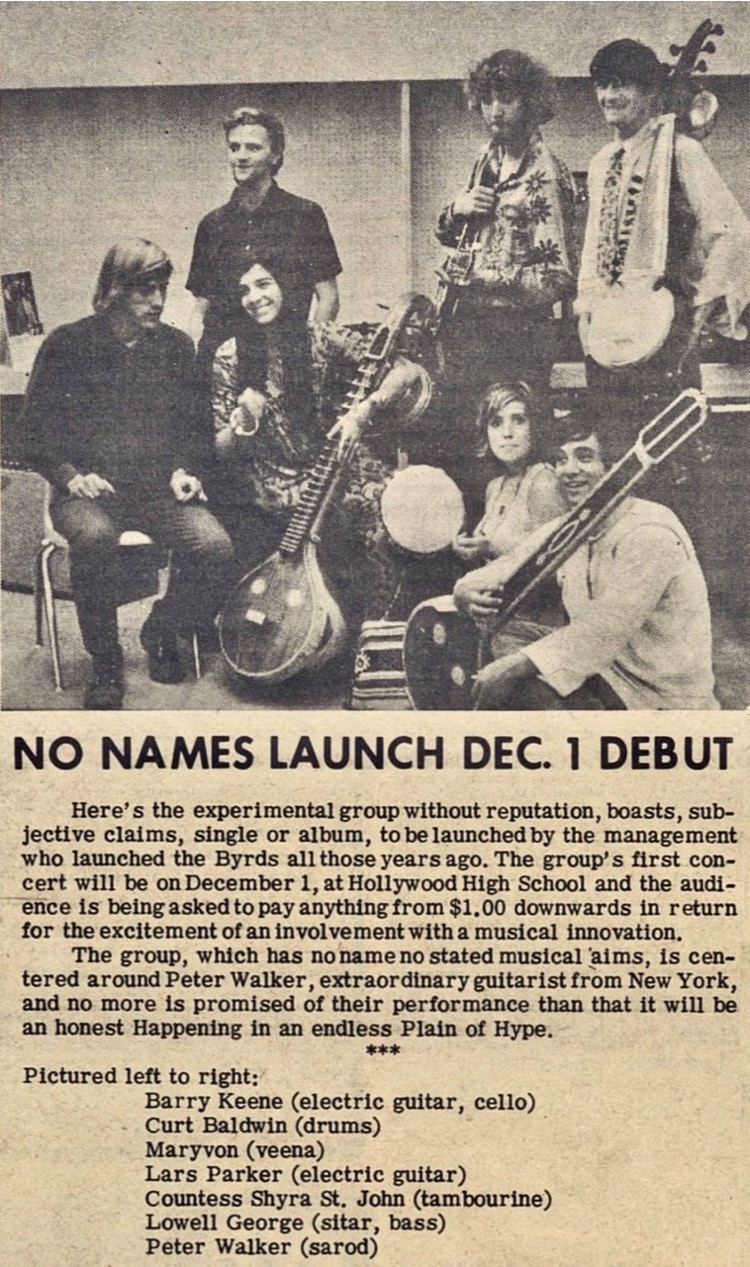OhmLad Music
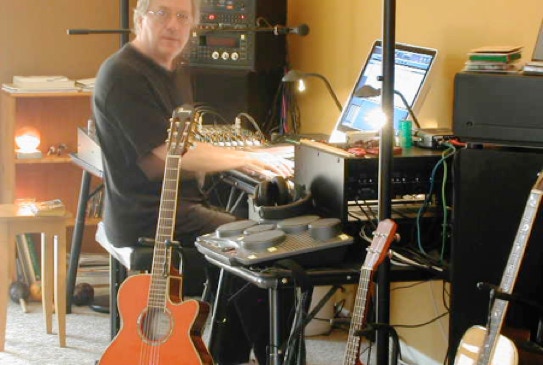
In 2015 I became a Professional Composer when I received a royalty payment for music I wrote. A New York advertising agency picked up my song The Other Song from my days with Spirit. This happened again in 2019 when a movie production company purchased the rights to the same song.
Today, I record using Cubase. If you’d like to see my computer screen when I’m working with music here’s a link.
“Ohm Lad” is a nickname given to me by Frank Zappa. I got this name by fixing his guitar equipment while on the road with The Mothers of Invention. The “roadies” would break his guitar pedals and I would fix them by using my Ohm meter.
The Ohm Lad nickname didn’t stop with me. When good friend, Jim Seiter, Manager of Mobile Recording Services at Wally Heider Studios in Hollywood, California learned of my nickname, he immediately coined one for my mentor, the great Harold Hill. Jim called Harold “Ohm Dad.” So . . . it came to pass that on any given day you could drive down Cahuenga Boulevard south of Hollywood Boulevard and north of Selma) and see Ohm Dad speaking in the most animated fashion to Ohm Lad as Ohm Lad pushed the test equipment cart (the OhmMobile) to Studio 4. Perhaps they would stop at May’s Eatery on the way to the (then) world-famous Studio 4 for a cup of coffee and some “tea cakes.”
John Dykstra once visited the Necam-equipped Studio 4. I was given the pleasant assignment of showing him how the (first ever in the United States) moving-fader Neve console worked. He was so impressed that he insisted that I accompany him to Van Nuys so that I could see the computer-guided motion picture equipment he used to film the space flight sequences for Star Wars. John was amazed at the Necam technology. I was equally amazed at seeing John’s motion picture studio.
The songs in 1990 catalog were recorded in the 80’s and 90’s. The 1990 collection has some really good songs in it. These were recorded with a primitive Mac SE running Master Tracks Pro that could only record MIDI . . .
an Opcode MIDI Translator . . .
and a Boss BR-8 digital 8 track that recorded on popular Zip disks of that time. At first I did not believe the sound quality of the BR-8 would be good enough. I was wrong. The sounds I got were wonderful !
I did a lot of recording again in 2010. In that time I used a 27 inch iMac running Cubase Pro 8. Cubase records both MIDI and audio. Click Sherman’s Music and play the 2010 library to listen.
It was a big project to rescue my heritage audio cassettes before they got so old that they would no longer play. The 45 year old, high quality cassettes all worked perfectly. You can enjoy the music I made Way Back When by clicking Sherman’s Music and then choose a song in the 1963 library.
In 2016 are New Things—song inspirations my Muses brought me. To record them I would sit down, empty my mind of any music hit the RECORD button and just play. New Things are not pre-planed music events—they just came out of me without thinking of what to play first.
2018 Meditations are a combination of 2016 New Things and the sounds of nature. The music is mixed way “back” so that the nature sounds can take the lead role. The nature sounds are waves breaking, a gurgling brook and wind in the trees.
2020 I’m at it again with a more modern iMac and Cubase Pro 11. Listen to my Inventions in the 2020 library. The musical equipment list now includes an Ibanez classical guitar, a Morris 12-string, an IC 6-string, a MIDI Stratocaster which plays through a Roland GR-50 synthesizer, a Vineguard baritone ukulele, a 5-string banjo, 2 Yamaha TX7s, a Yamaha MM6 and a Boss COSM (Composite Object Sound Modeling) system.
- • Tara’s Snowy Waltzing Canon in D Major is a melding of Tara’s Theme from Gone With The Wind, Jessica’s falling-in-love practice piano piece from The Man From Snowy River, Waltzing Matilda and Johann Pachelbel’s Canon In D Major.
- • I’ve been playing the traditional folk song Old Blue since I was a teenager. My version features a decade-old 12-string arrangement I created and complex time signatures that shift from 3/4 to 4/4 and back constantly all through the song.
Devorah was a classically-trained pianist and vocalist. Her piano, B3 organ work and her singing are truly remarkable. I still marvel at the range of her voice and the speed of her fingers on the keyboard.
MC2was a group whose recording engineer was my friend Gary Brandt. Their name says it all. MC2 wrote powerful protest songs and performed them.
Eddie One-String Jones is a unique artist who makes his own instrument out of a 2 x 4, the wire from a broom, two nails, a stick (from the garden) and an empty bourbon bottle.
February 14, 2021
Today, Maryvonne Fent, famous author of The 35¢ Dowry and Mango Blood [ at Amazon ] sent me this photo and story from our past. In her email, Maryvonne wrote,
“My thanks to Gray Newell for finding this evocative photo shoot featuring old friends.
Lowell became a big star and, sadly, is gone.
Barry became a sound engineer for The Turtles, Frank Zappa, Alice Cooper, and Ike & Tina Turner. He wrote two textbooks on sound engineering: Practical Techniques for the Recording Engineer and Quality In Sound Engineering. Then he became a “rock star,” playing rhythm guitar for Ike & Tina and joining the rock group SPIRIT where he played bass and sang backup with Randy California. Sherman Barry continues to write and record music in Tucson, Arizona.
Lars and I were in several bands, notably the Total Eclipse in the US, and California Gold in Denmark. Lars continues to write and play in Montana where he now lives.
Looking at their faces made my day!”
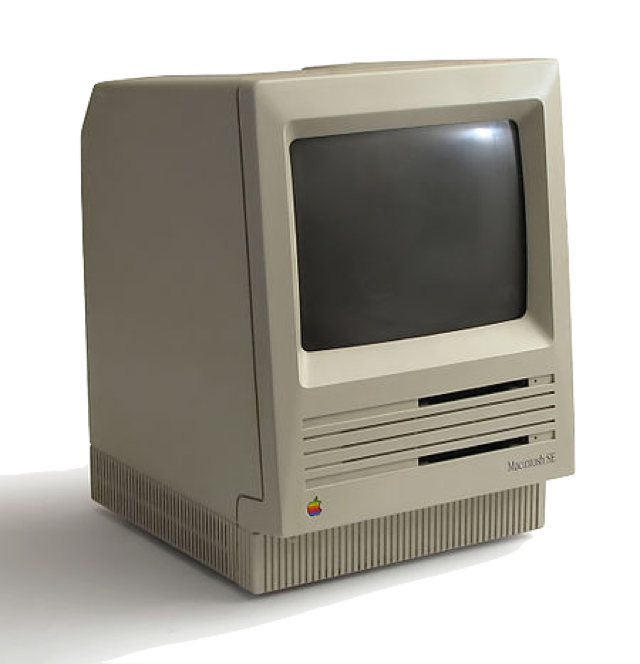
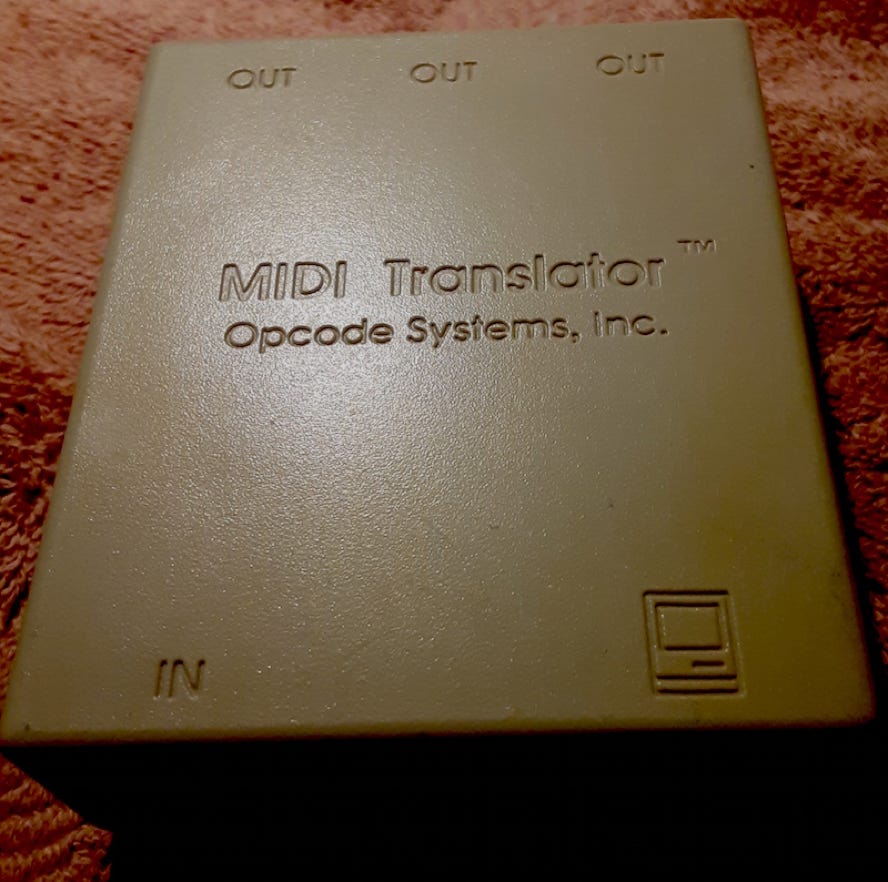
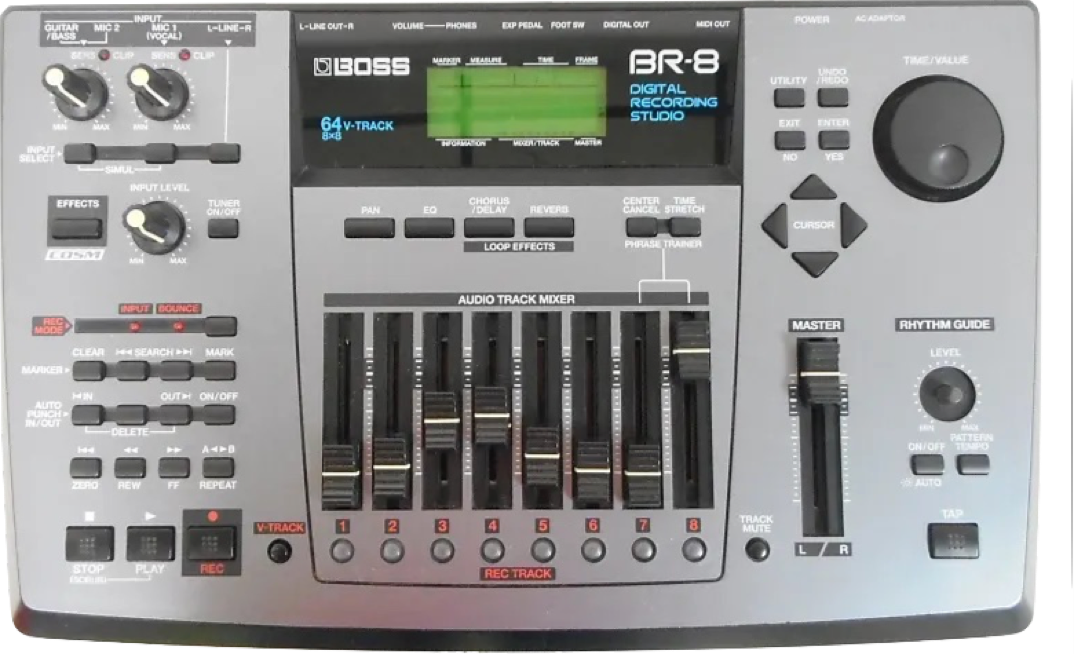
A Blast From The Past
